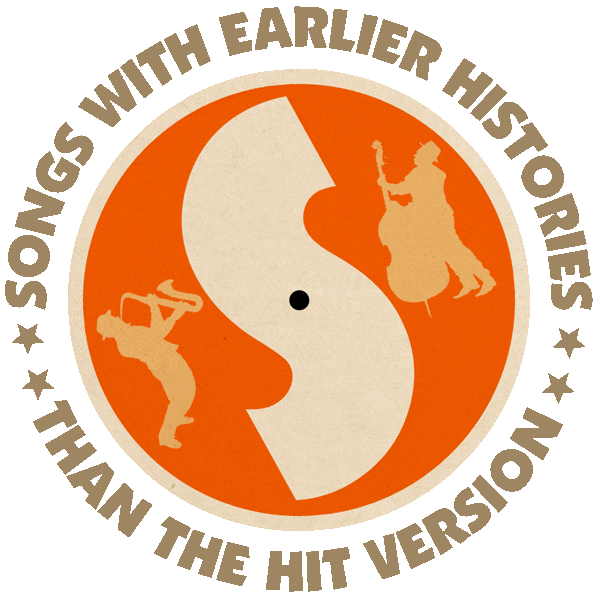First recorded by The Monkees (1968, released 1990).
Hit version by The Nitty Gritty Dirt Band (US #64/CAN #56 1972).
Also recorded by The Stone Poneys (1968), Michael Nesmith (1973).
From the wiki: “‘Some of Shelly’s Blues’ was written by Michael Nesmith, of The Monkees, and first recorded by the group in 1968. The recording went unreleased until the 1990 publishing of Missing Links 2.
“The Stone Poneys (feat. Linda Ronstadt), who had earlier covered ‘Different Drum‘ by Nesmith in 1967, were the first to cover ‘Some of Shelley’s Blues’, in 1968. It was a non-charting single from the group’s third album, Linda Ronstadt, Stone Poneys and Friends, Vol. III.
“The Nitty Gritty Dirt Band charted in 1972 with their cover. Songwriter Nesmith also recorded a version for his 1973 album, Pretty Much Your Standard Ranch Stash.”

